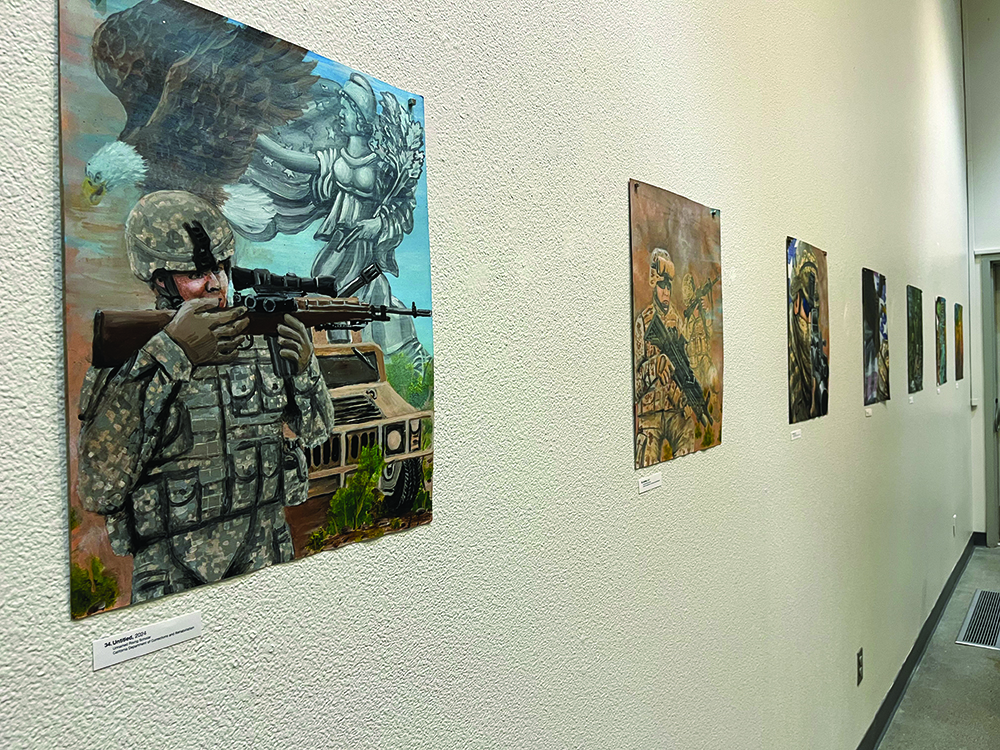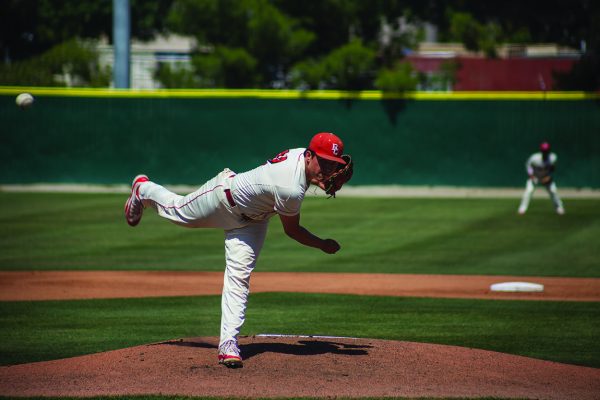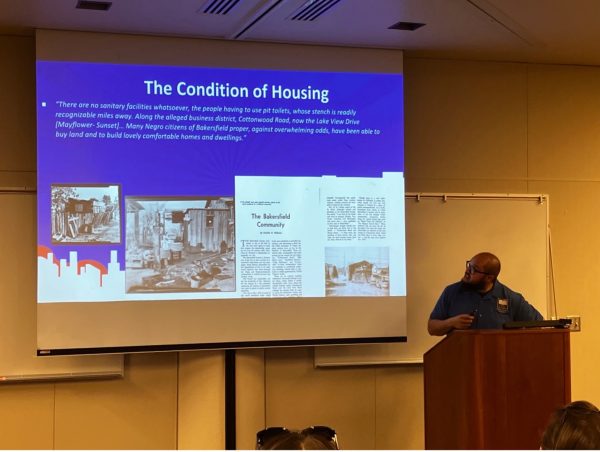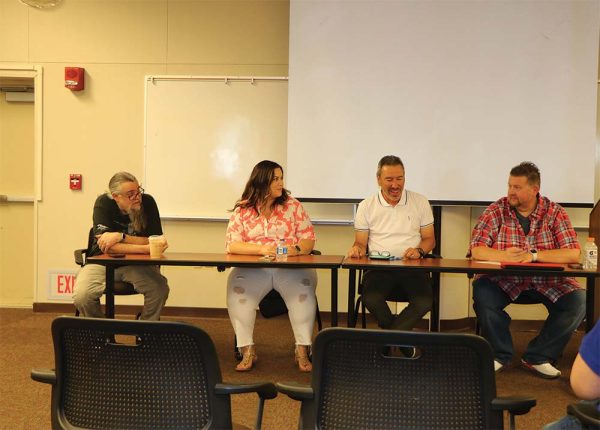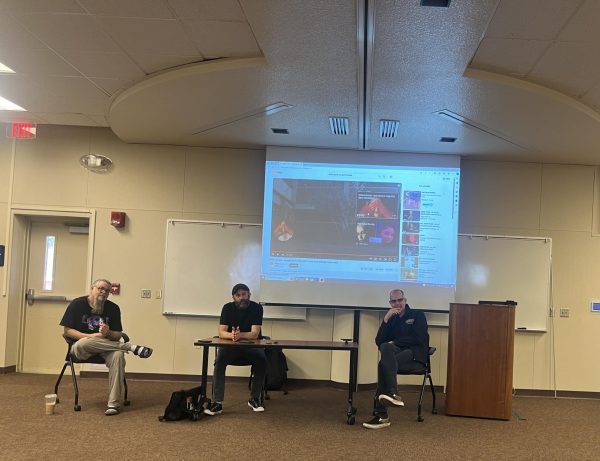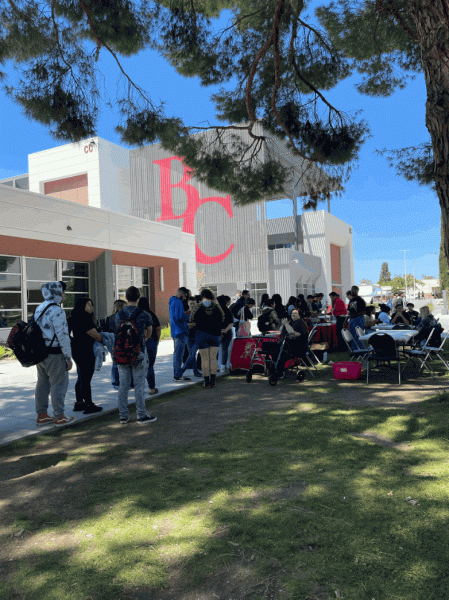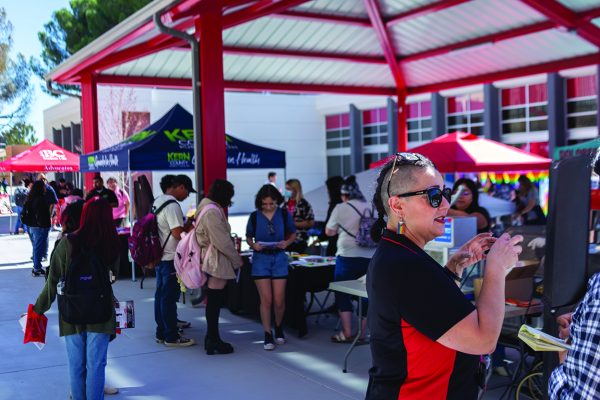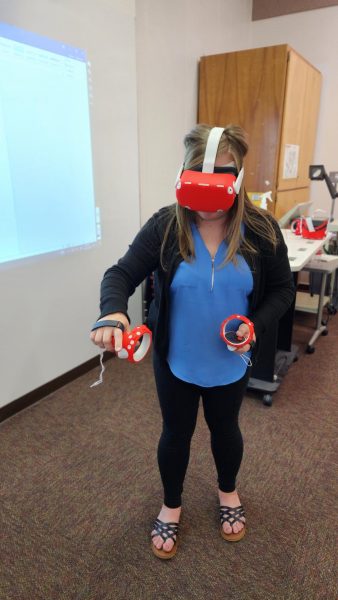COVID-19 changes the arts and theatre industry
October 29, 2020
This webinar took place with the help of Bakersfield College’s Levan Center and the faculty and staff, it was held on Oct. 21 and they began talking about the Spanish flu and how it is similar to COVID-19.
Many of the art presentations, during the webinar, seemed to be paying homage to essential workers.
Kimberly Chin, A Professor of Theatre Arts at Bakersfield College said that “once places such as the movie theaters or live arts open up again go support these arts because they might not have enough left to go on and perform.”
Among the other professors and faculty, there were discussions on how the news has been talking about creating a platform for New York City’s iconic Broadway plays to be shown on demand.
According to Chin, “Theatre arts is an important art form in Native American storytelling rituals based on 1665 court records, 1690 Harvard students performed at a Cambridge mass of Benjamin Colman’s tragedy “Gustavus Vasa” as the first play written and acted in America.”
Many local and school, theater art productions have been shut down due to the COVID-19 outbreak.
“New York City’s Broadway was majorly affected by COVID-19 because many of the shows have shut down until May 30, 2021, and at least 97,000 workers were impacted. Which would total about an annual economic impact of 14.8 billion dollars” Chin said. “Theatre arts have been an important form in America since ancient times because the Native Americans storytellers were the first theater performers and actors here on this continent.”
The only real way to watch a movie is from the comfort of your own home, but with many movie theaters re-opening and classic drive-ins becoming a regular thing, it gives the community something to look forward to until places such as Broadway open in a couple of months.
However, she did how the “Colonists from the North thought that theater was the highway to hell and so they condemned it. American theatres in the 18th century were nothing fancy, but small rooms and seating were primarily boxes on the sides which were built entirely out of wood and the theaters were painted red. In NYC 1798, the people were exhibiting a clear passion for theater arts during that time” Chin said. “The performing arts theaters were known as Park theaters that were filled with private boxes with a stone structure that could hold over 2,000 people. This Park theater attracted a wide range of audiences, in fact in Williamsburg, Virginia it was the sight of the first Colonial American Theatre.”


